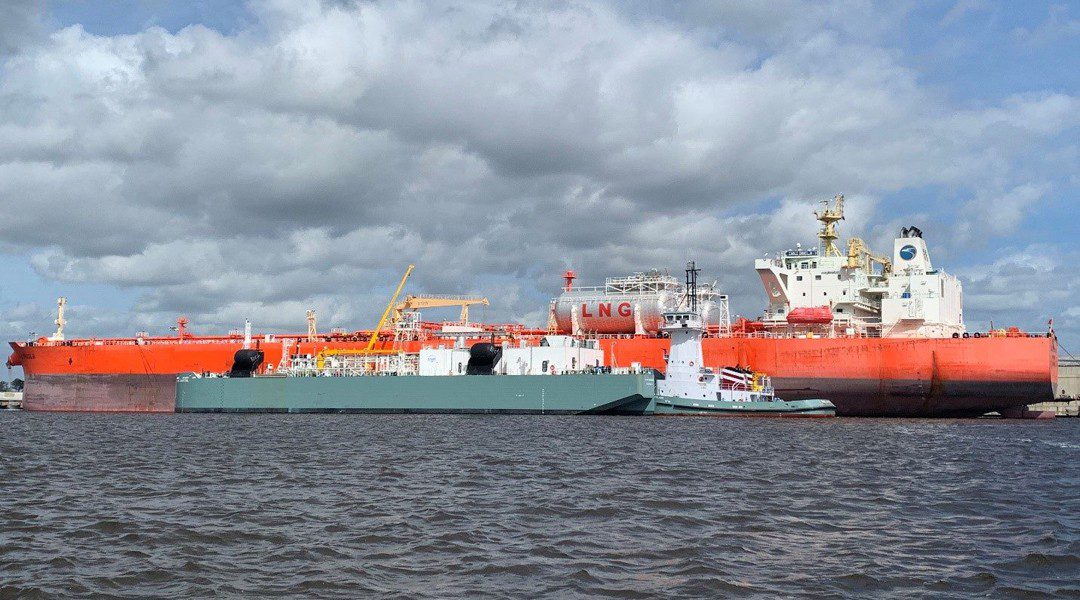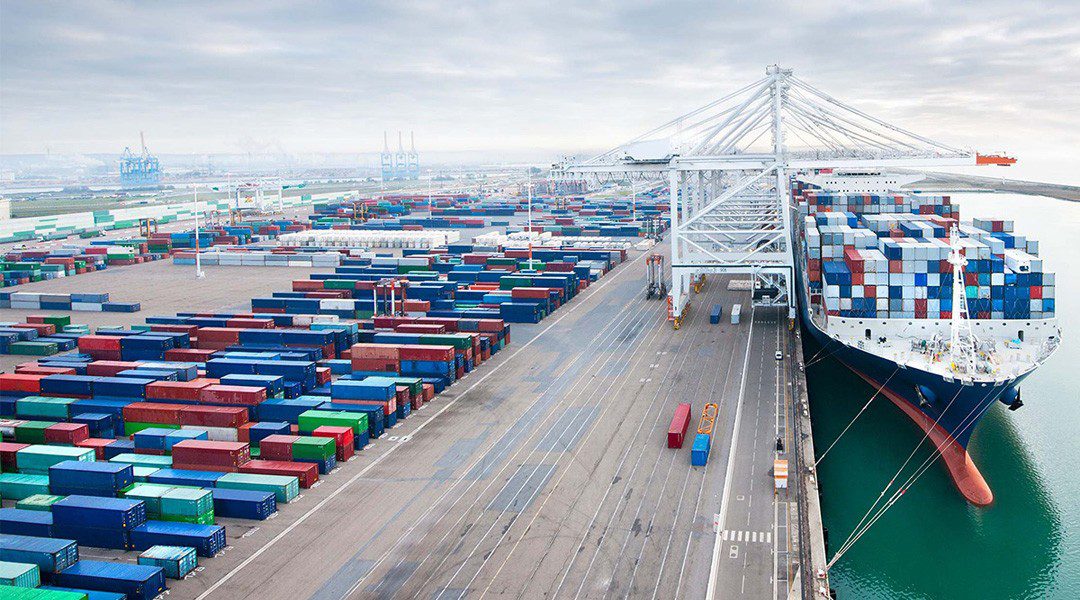Crude oil: Still constructive
We expect crude oil prices to rise in 2023 for several reasons. With China reopening, oil demand looks set to exceed 2019 levels and hit a record high in 2H23. Emerging Asia, including India, should return to driving oil demand growth in 2023. Meanwhile, Russian oil production should fall in 2023 due to the European Union’s embargo on Russian crude and refined products (to come into force on 5 February). While production outside the OPEC+ group, which is primarily driven by the US, will likely grow again in 2023, the increase should only be modest following years of underinvestment in building new supply.
So, to keep the market in balance, we expect OPEC+ to ease their production cuts once again in 2023 and provide more barrels to the market to cover rising oil demand amid less Russian production. With OECD oil inventories (commercial and strategic) standing at the lowest level since 2004 and spare capacity set to keep dwindling in 2023, we continue to believe higher prices are needed to slow down oil demand growth and encourage investments in new production.
We therefore continue to expect oil prices to move above USD /bbl over the coming months, with Brent trading at USD /bbl at mid-2023 and end 2023 (WTI USD /bbl).
Given our positive price outlook, we reiterate our investment recommendations. With the oil futures curve downward sloped (in backwardation) and higher prices likely ahead, we continue to advise risk-taking investors to add long positions in longer-dated Brent oil contracts. Alternatively, investors can make use of lower spot prices and high option implied volatility by selling Brent’s downside price risks over the next six months. Another way to gain exposure is through Brent crude oil first generation indices. Such strategies should benefit from solid roll returns on top of the expected spot appreciation. We set our stop-loss at USD 75/bbl, targeting a level of USD /bbl. But considering oil’s volatility of more than 40%, this strategy requires investors to have an elevated risk appetite.
Muted supply growth in non-OPEC+
On the supply side, the US should lead production growth outside of OPEC+ in 2023, with the usual suspect—Brazil, Norway, and Guyana—also increasing production. We expect non-OPEC+ to add around 1.3mbpd in 2023. But the US supply additions will likely be smaller compared to historical patterns. Back in 2018, when oil prices were significantly below today’s levels, US oil production rose by 2.2mbpd—crude rose by nearly 1.6mbpd, and natural gas liquid (NGL) production increased by nearly 0.6mbpd; production of the latter is driven by more factors than just oil prices. In 2022, with oil prices at a multi-year high, US crude production rose by only 0.5mbpd (total oil production: 1.1mbpd, with NGL contributing nearly 0.6mbpd).
A big reason is because the supply response from US oil producers with short lead cycles (i.e., shale oil) to higher prices is different now than in the past. Shale producers are more focused on capital discipline today—such as reducing debts or paying higher dividends—instead of increasing production growth. Another factor limiting growth is the fast rise in costs due to elevated inflation, a tight US labor market, and other supply chain constraints. These factors are likely to slow production growth in 2023 as well, limiting US crude production growth to 0.6mbpd in 2023, in our view (total oil production: 0.9mbpd, with NGL contributing 0.3mbpd).
Holding a positive outlook
In sum, supply growth from non-OPEC+ should trail demand growth, making the world once again dependent on more oil from OPEC+. And with OECD inventories (commercial and strategic) at the lowest level since 2004 and spare capacity set to keep dwindling, higher prices are likely needed to help balance markets.




